Kia Stinger GT S balances high-end design with technological focus

If you blindfolded the average driver and sat them behind the wheel of Kia’s new Stinger, we wager they’d struggle to identify the precise make and model they occupied. In pitching its new flagship saloon at the upper middle end of the saloon car market – in terms of scale, equipment level and price – Kia has effortlessly demonstrated its ability to deploy design and engineering to whatever end it sets its mind to.
Cartoonish name aside, the Stinger is something of a brand revolution for this resolutely mass-market South Korean company. In every way, it comes across as a hugely competent take on performance car design, ticking all boxes offered up by rivals with decades’ more experience. Kia and its sister company Hyundai began by resolving to re-shape the mass market car. Rigorous engineering came first, following by a design revolution, largely achieved by distilling the best minds from Europe’s biggest brands (and remember that car design is a largely internationalist occupation) into concentrated quantities of brand essence.
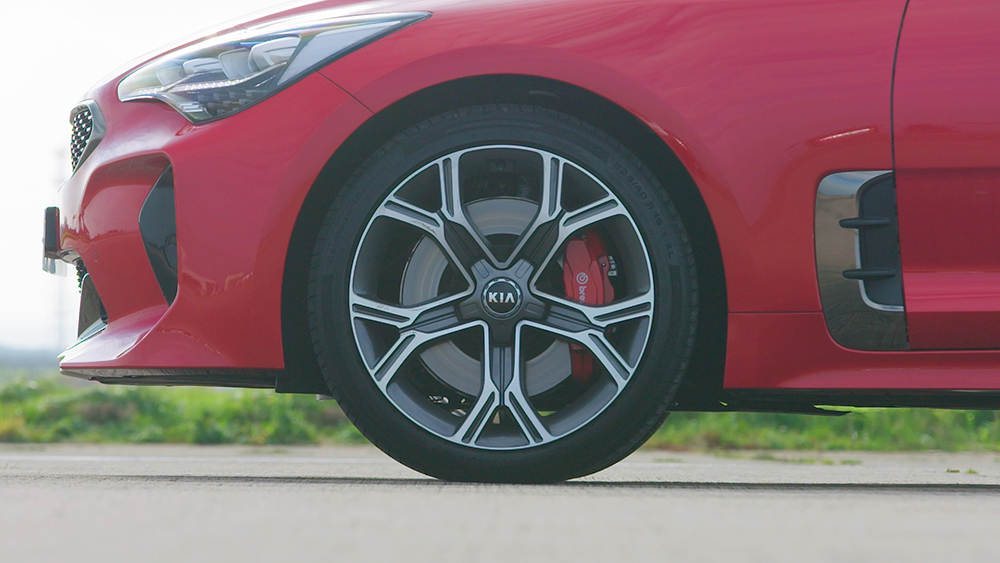
Pushed, the Stinger GT S can reach a top speed of 170 mph
These concoctions proved remarkably potent, and the South Korean industry is now riding high on quality, both real and perceived. So much so, in fact, that its principal manufacturers are starting to mix a little fun in with the serious business of shifting units (Hyundai Kia sold about 7.25 million cars in 2017). The Stinger is a manifestation of this, an almost transparent attempt to siphon the best qualities of high-end German car design through the techno-centric focus the company has been known for.
A four door liftback saloon, the Stinger has the kind of hefty proportions favoured by Audi’s A7. In this era of diminutive city cars and SUVs and crossovers of all shapes and sizes, the big saloon car is something of an anachronism to buyers. Car designers, however, still relish the freedom of such a generous palette. The Stinger is a sort of designer treat, a gift to himself from Peter Schreyer, the talented German chief designer who has overseen Hyundai Kia’s journey into the spotlight. There’s some wayward brightwork – bonnet vents without a purpose, the occasional leery spoiler – but overall this is a handsome machine. In GT S trim, the Stinger is also a fine performer, balanced and throaty with a sub five second sprint time and a proper Autobahn-bothering top speed (nudging 170 mph, if you’re ever geographically able to test it).
In short, it’s a true GT car, one that comfortably undercuts its rivals in price. The Stinger also undercuts the hard-won cultural meaning of established brands. Does a high performance, beautifully made and elegant looking motor car have to be German? And in the next years, as the throaty old internal combustion engine is removed from the equation, you can expect even more unrest.
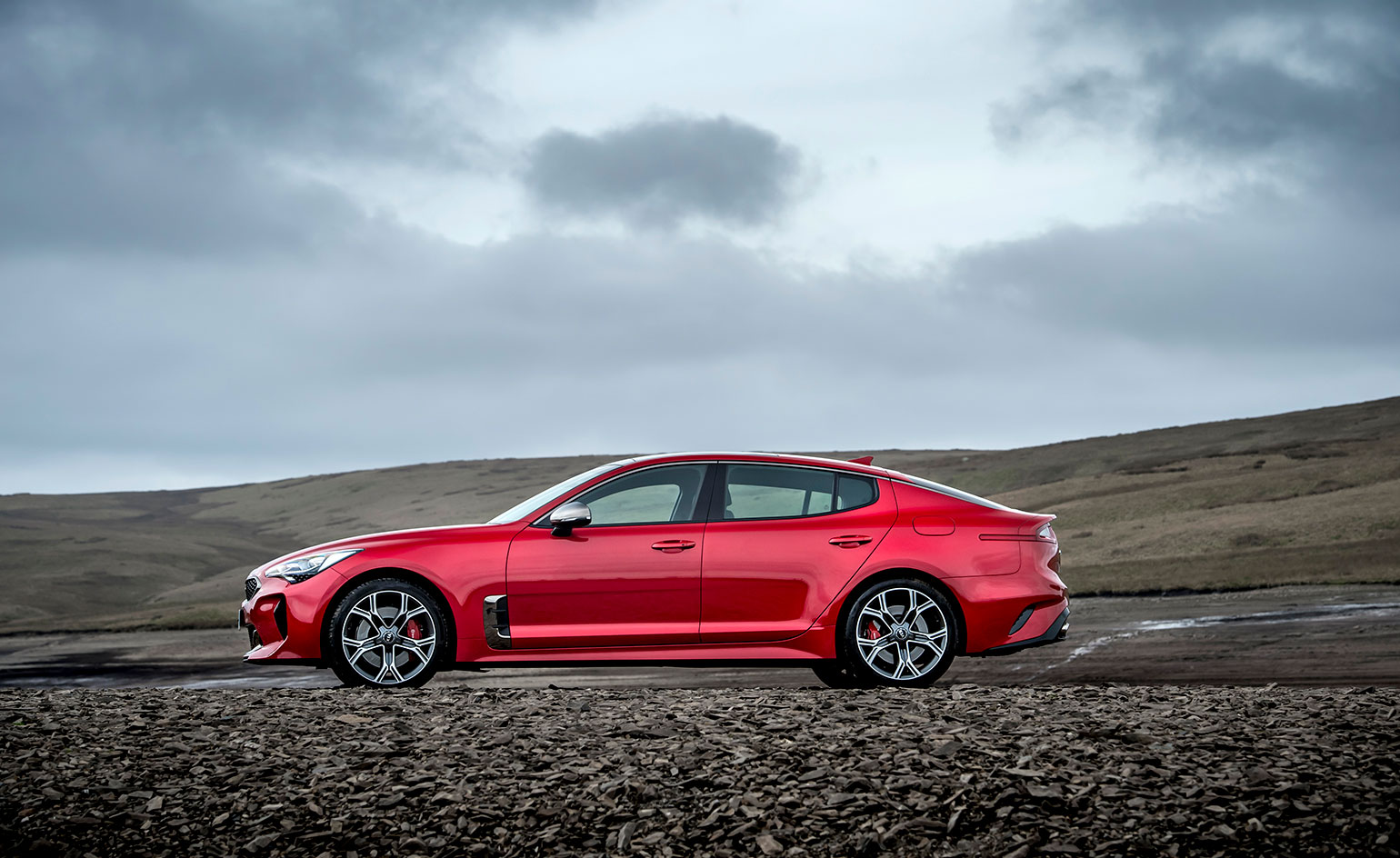
The Stinger arrives at a time where Kia is riding high on quality, proof that not every high performance, beautifully made and elegant looking motor car has to be German
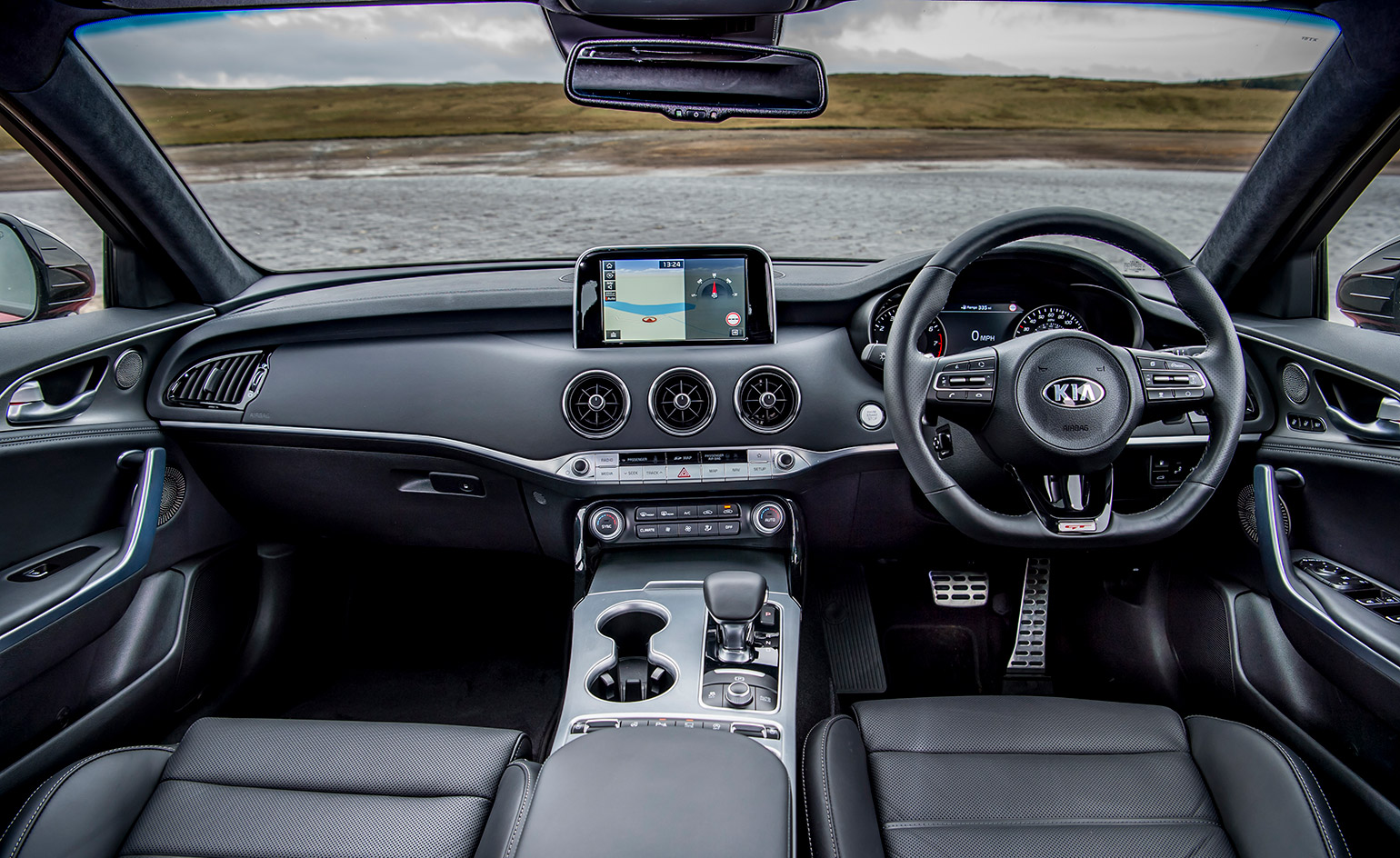
The Stinger is a solid performer on the road, balanced and throaty with a sub 5 second sprint time

Hyundai Kia sold about 7.25m cars in 2017, and the Stinger is a manifestation of this market desire for fun in design
INFORMATION
Kia Stinger GT S, from £40,495. For more information, visit the Kia website
Wallpaper* Newsletter
Receive our daily digest of inspiration, escapism and design stories from around the world direct to your inbox.
Jonathan Bell has written for Wallpaper* magazine since 1999, covering everything from architecture and transport design to books, tech and graphic design. He is now the magazine’s Transport and Technology Editor. Jonathan has written and edited 15 books, including Concept Car Design, 21st Century House, and The New Modern House. He is also the host of Wallpaper’s first podcast.
-
 Enter the world of Cave Bureau, and its architectural and geological explorations
Enter the world of Cave Bureau, and its architectural and geological explorationsNairobi practice Cave Bureau explores architecture’s role in the geological afterlives of colonialism, as part of a team exhibiting at the British pavilion at the Venice Architecture Biennale 2025
By Marwa El Mubark
-
 All-In is the Paris-based label making full-force fashion for main character dressing
All-In is the Paris-based label making full-force fashion for main character dressingPart of our monthly Uprising series, Wallpaper* meets Benjamin Barron and Bror August Vestbø of All-In, the LVMH Prize-nominated label which bases its collections on a riotous cast of characters – real and imagined
By Orla Brennan
-
 Maserati joins forces with Giorgetti for a turbo-charged relationship
Maserati joins forces with Giorgetti for a turbo-charged relationshipAnnouncing their marriage during Milan Design Week, the brands unveiled a collection, a car and a long term commitment
By Hugo Macdonald
-
 2025 Seoul Mobility Show report: all that's new and notable
2025 Seoul Mobility Show report: all that's new and notableOpened at a time of high national drama, the 2025 Seoul Mobility Show has gone on to underscore Korea’s place at the cutting edge of the auto industry. Guy Bird was there
By Guy Bird
-
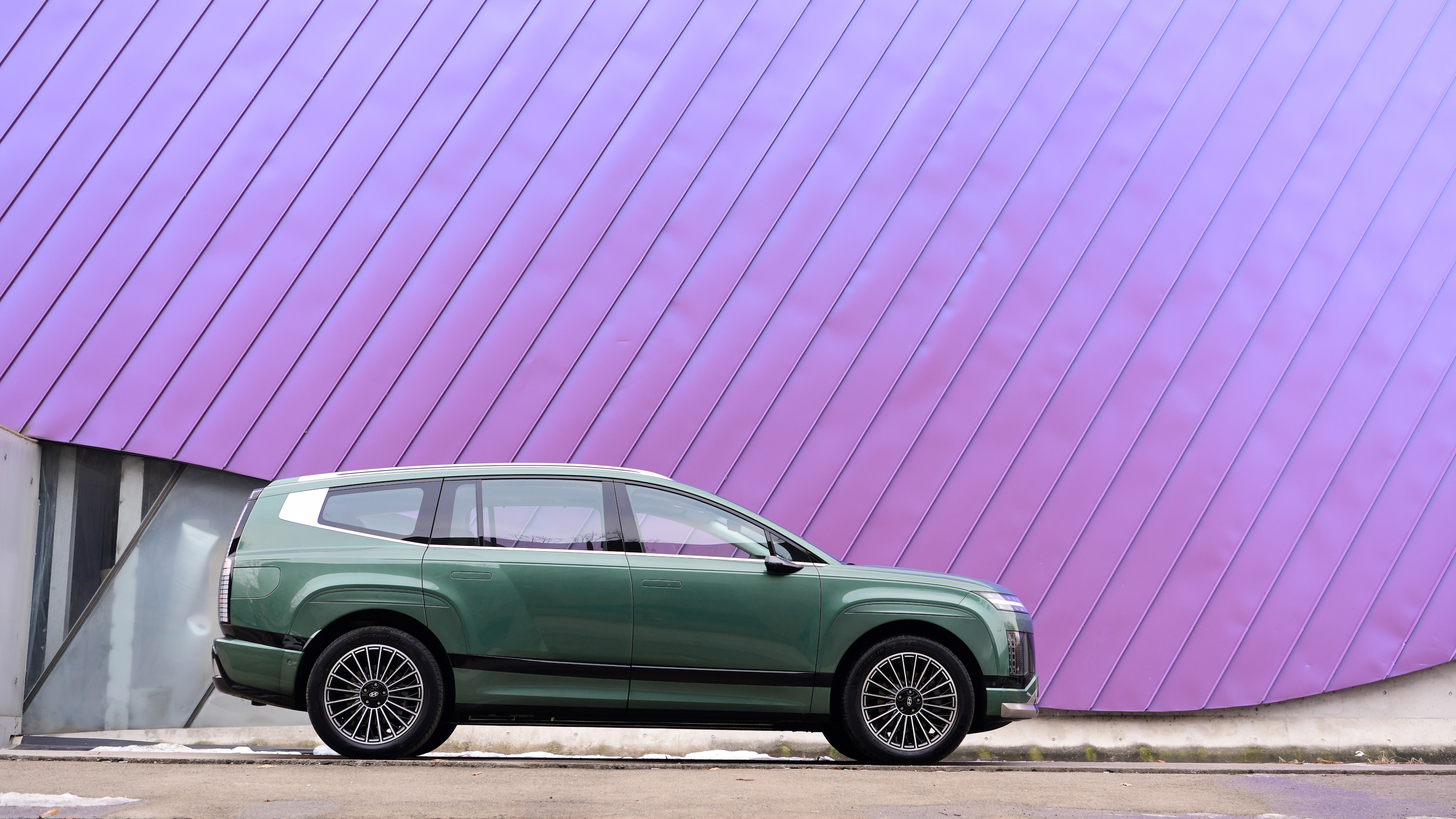 Long-range, refined and spacious, the new Hyundai Ioniq 9 is like a private jet on wheels
Long-range, refined and spacious, the new Hyundai Ioniq 9 is like a private jet on wheelsWallpaper* takes the Ioniq 9 on an electric road trip from Seoul to Busan to explore Hyundai’s newest and largest EV to date
By Jonathan Bell
-
 New-generation car camping and roof tents for luxury-loving adventurers
New-generation car camping and roof tents for luxury-loving adventurersCar camping is having a moment. While Hyundai and Porsche can get you kitted up, we explore other options
By Jonathan Bell
-
 CES 2024 was a showcase for how to shoehorn AI into next-generation cars
CES 2024 was a showcase for how to shoehorn AI into next-generation carsCES 2024 in Las Vegas underlined that future mobility will be shaped by AI, like it or not, as intelligent assistants emerge to guide, plan and converse with their human cargo
By Jonathan Bell
-
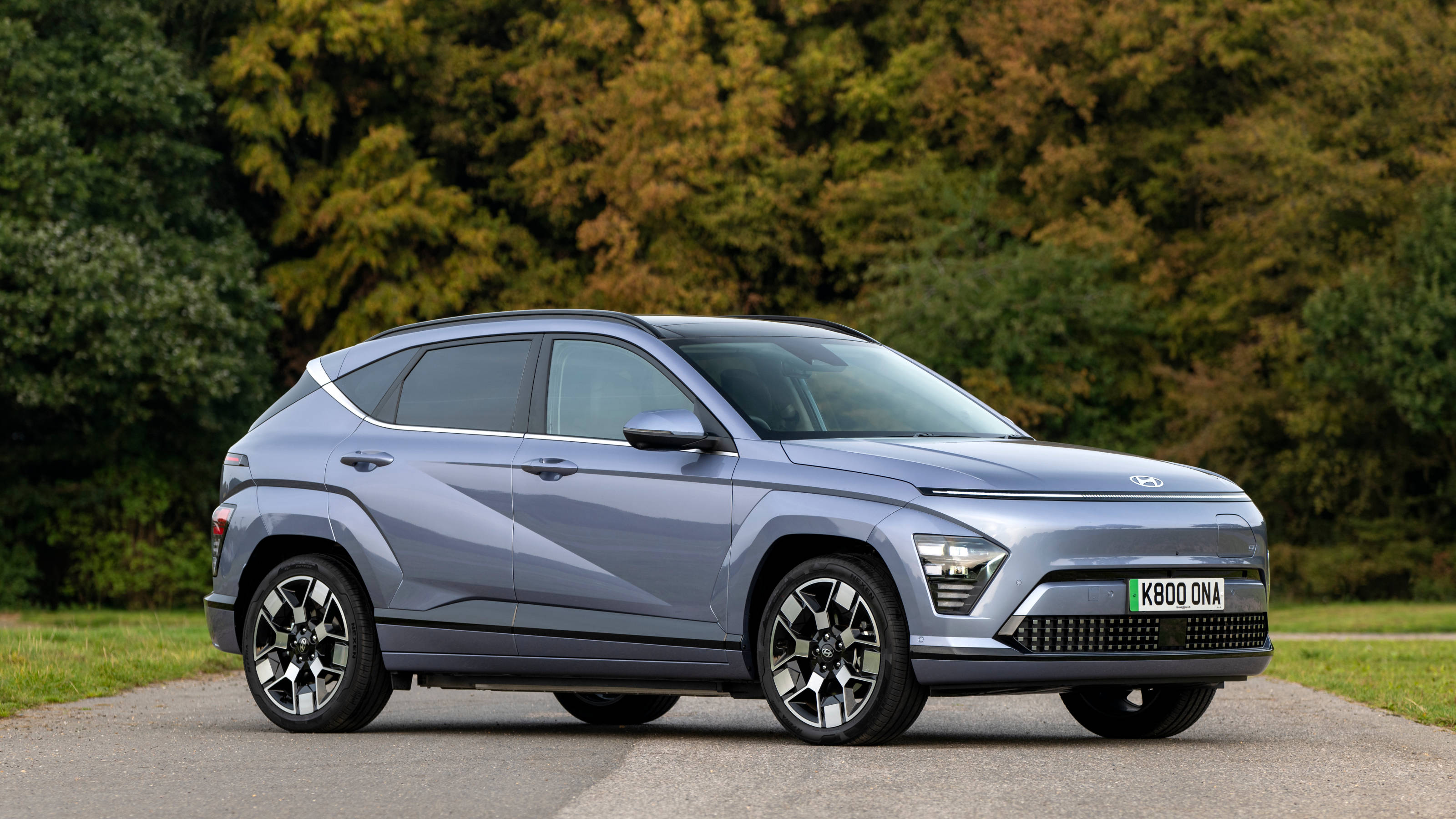 New Hyundai Kona EV is no aesthetic knock-out, but should you really care?
New Hyundai Kona EV is no aesthetic knock-out, but should you really care?The Hyundai Kona EV sneaks unconventional thinking into the mainstream, cloaking excellent tech in wilfully awkward forms
By Jonathan Bell
-
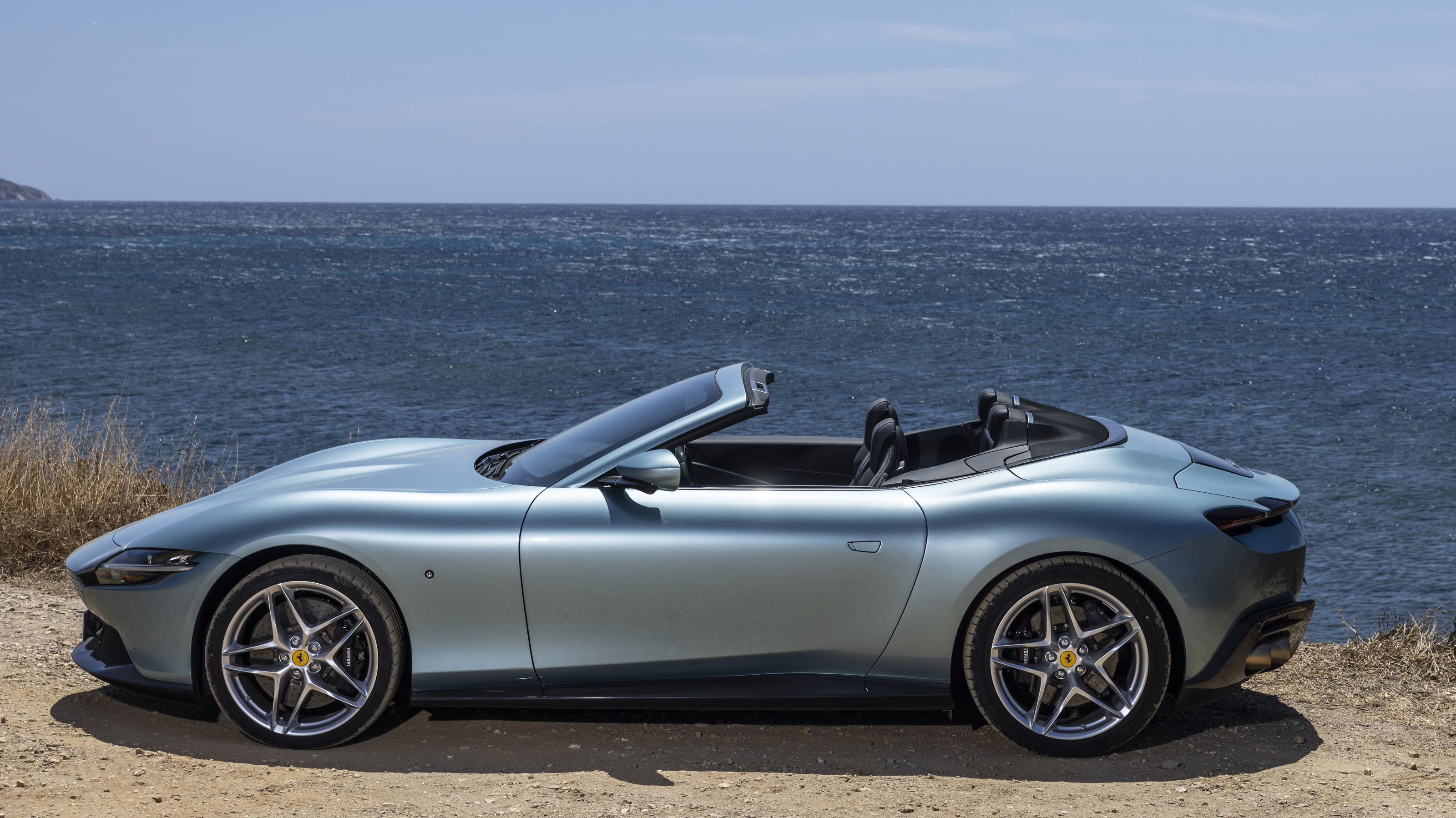 Year in review: the top 10 cars of 2023, as selected by Wallpaper’s Jonathan Bell
Year in review: the top 10 cars of 2023, as selected by Wallpaper’s Jonathan BellWhat were the best four-wheeled offerings of 2023? Transport editor Jonathan Bell takes us through the year’s most intriguing automobiles
By Jonathan Bell
-
 Wallpaper* gift guide: shopping with transport editor Jonathan Bell
Wallpaper* gift guide: shopping with transport editor Jonathan BellFrom a spin on the Lego Ideas Orient Express to the world's most stylish e-scooter, practical meets playful in this on-the-go gift guide
By Jonathan Bell
-
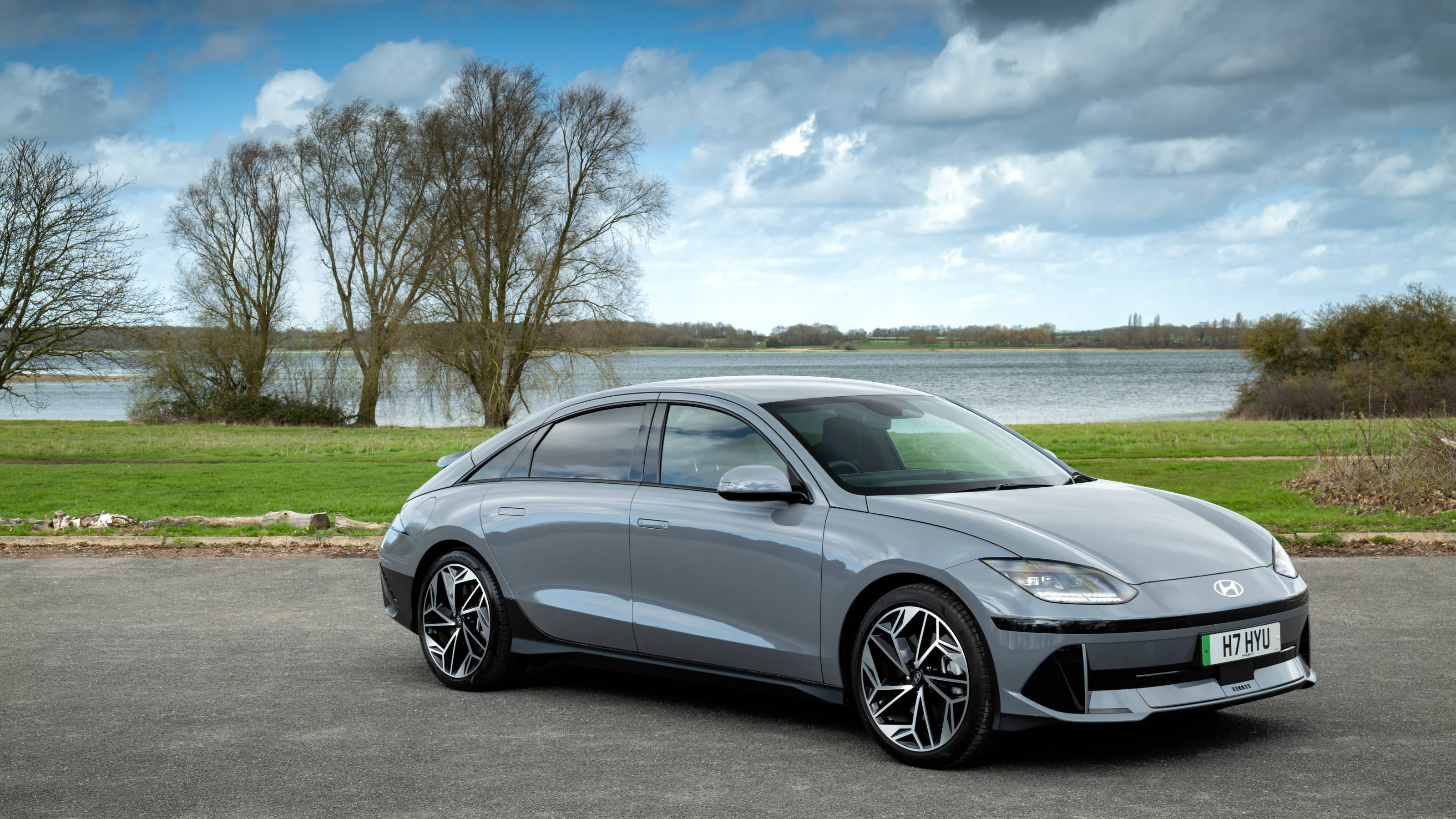 Hyundai Ioniq 6, the brand’s newest EV, impresses with its all-round ability and sweeping lines
Hyundai Ioniq 6, the brand’s newest EV, impresses with its all-round ability and sweeping linesWe drive the Hyundai Ioniq 6, an electric sports saloon with an idiosyncratic sense of style and lashings of tech
By Jonathan Bell